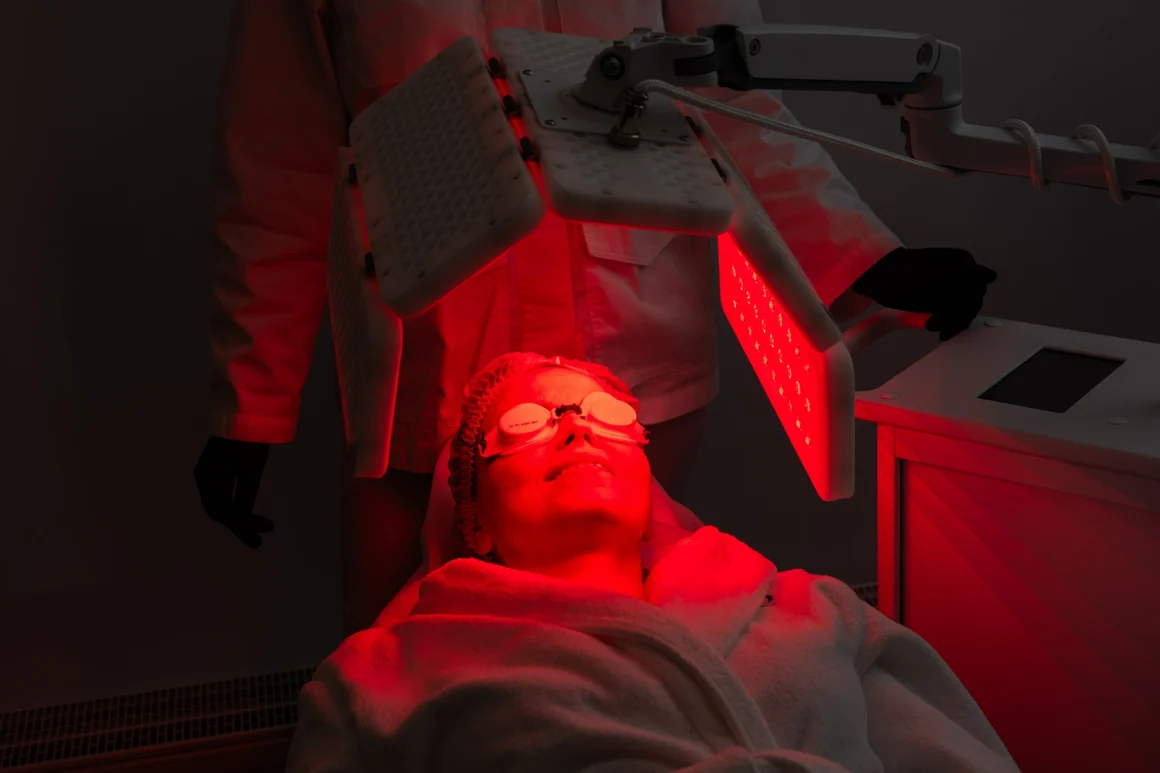Let’s be honest: the modern wellness stack can feel like a mashup—rings that score your sleep, watches that buzz your wrist, red light in the living room, breathwork playlists for the commute. Into that mix comes a different idea: sound as a signal your body can recognize. In a recent conversation at a biohacking conference, we explored how a frequencyfocused wearable (WAVwatch) fits alongside metrics like VO₂ max, resting heart rate, and HRV—especially for those of us 50+ who care less about hype and more about patterns that actually make sense.
The Story Behind the Signal
After family cancer scares, former teacher Linda Bamber built a women’s health practice, then followed a conviction—her “download”—to explore frequencybased support. Prototyping eventually led to a simple form factor: a watch that plays curated frequency sets. Her son Joseph, with entrepreneurship and marketing chops, joined to help turn a personal mission into an operating company, complete with one critical boundary: work stays at work so the family can still be family.
“We want to be one tool in the healing journey—not a miracle cure.”
Signals 101: Sound, Resonance & the Nervous System
The metaphor is memorable: like an opera singer matching a glass, targeted sound can interact with a system at its natural vibration (its resonant frequency). In the episode, the Bambers use that image to explain why they build narrow, purposebuilt playlists rather than blasting broad “white noise.” They also point to the nervous system—increasingly framed as frequencysensitive—as the bridge between what we feel (calm, keyedup, drowsy) and what our wearables later report.
Mainstream medicine already uses energy in different ways—ultrasound, MRI, cardioversion—but consumer frequency tools live in a different evidence neighborhood: more hypotheses and user reports, fewer large trials. Which is why language matters.
What People Say (Anecdotes, Not Claims)
The stories are striking—and they’re shared as experiences, not proofs:
- Kidneystone relief: some prototype users reported powderlike sediment in urine and reduced pain after sessions.
- Digestive shifts: from “afterparty support” (liver, kidney, hydration, headache) to the infamous “bowel support” repeatbutton story.
- Calming at 30,000 feet: a wearer runs a soothing set; a crying baby two rows up settles.
- Sleep: long, overnight sequences timed to traditional bodyclock windows.
Believers highlight felt benefits. Skeptics call placebo. The company keeps words neutral and the expectations grounded. That’s the right move.
Where Wearables Fit In
Your ring and watch measure signals—VO₂ max, RHR, HRV—to narrate readiness and recovery. Frequency, light, and breathwork try to influence the context behind those numbers. For readers who track everything, the sanest frame remains:
- Trend over snapshot. A single night lies; a fourweek trend tells the story.
- Context is king. Redeye flights, illness, and training spikes bend the graph.
- You vs. you. Baselines vary by age, sex, genetics, and training history.
If you experiment with inputs (sound, light, breath), the question isn’t “Did something happen tonight?” It’s “Do my trends shift over weeks?”
The Messaging Tightrope
Outside biohacking circles, words like frequency and biofield can invite eyerolls. Add FDA/FTC guardrails and you understand why frequency playlists are named for states (calming, sleep) instead of diseases. The culture pattern is familiar: early “snakeoil” accusations (remember the first redlight ads?) sometimes give way to selective adoption, but standards of evidence are not the same across tools—and shouldn’t be.
“Healthy skepticism protects consumers; open curiosity lets new ideas be tested.”
Meaning, Faith & the Idea of “Coherence”
The conversation doesn’t hide from the human side. Ancient motifs—sound, light, song, ritual—show up as proto nervoussystem tech that communities used long before we had wearables. The modern language is “coherence”: a felt alignment between physiology and attention. It’s more poetry than protocol, but most of us know the experience when we feel it—and we tend to move toward the calmest voice in the room.
Bottom Line
Frequency tech, red light, breathwork, and wearables all serve the same desire: to understand and influence the body’s signals. WAVwatch sits in that gray zone where curiosity, engineering, spirituality, and skepticism overlap. If you care about capability after 50, the practical stance is simple: stay curious, keep your expectations honest, and watch the patterns, not the headlines.
If you missed our full conversation, catch Linda & Joseph Bamber of WAVwatch on the Performance Driven Living podcast for more on frequencies, wellness, and thriving after 50. Because sometimes the best guide isn’t a dashboard—it’s a good conversation, and the best time to tune in is right now.
[Listen to the episode → https://youtu.be/F0Yz2ZDr0tI]




